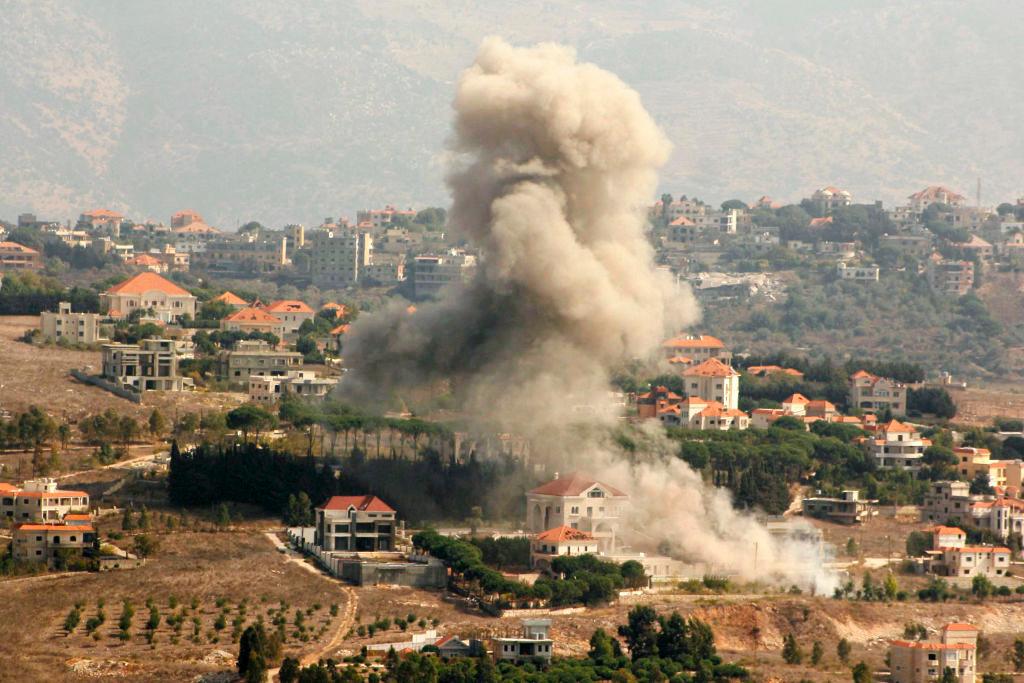News Analysis
As the Lebanon–Israel war continues, with Israel attacking Hezbollah targets in southern Lebanon, Beirut, and elsewhere, casualties are mounting.

As the Lebanon–Israel war continues, with Israel attacking Hezbollah targets in southern Lebanon, Beirut, and elsewhere, casualties are mounting.